Does Southwest’s Boarding Policy Work for Anyone?
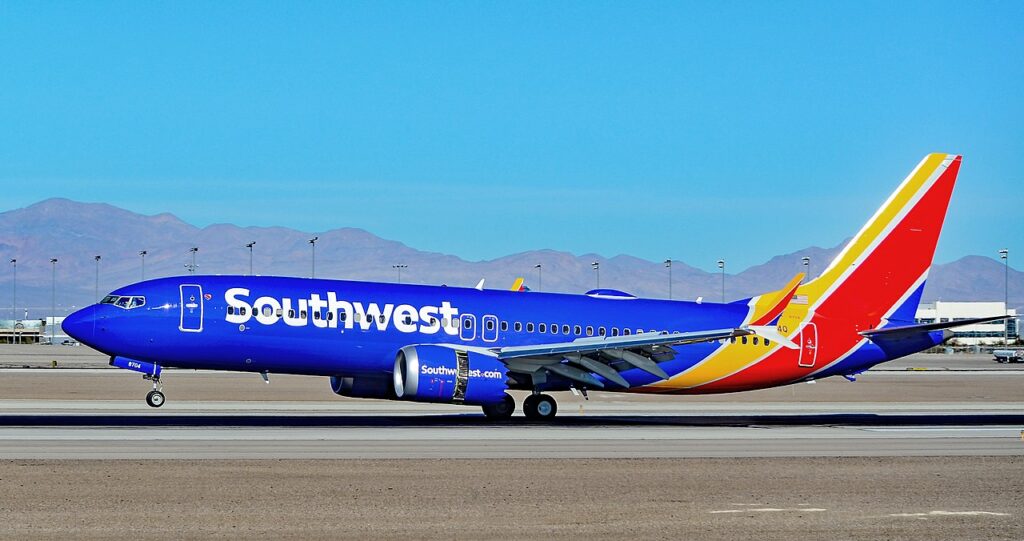
Southwest Airlines currently owns the largest fleet of Boeing 737 MAX airframes among U.S. based carriers. During their second-quarter earnings announcement, airline CEO Gary Kelly said they were optimistic to start flying the 737 MAX by the end of 2020.
I’ve flown with about 10 different airlines this year. While most of them boarded the plane using what I will call the ‘regular’ method—boarding groups usually associated with status tiers, then from back to front—two were a little different.
SilkAir boarded by row. Yes, by row. This was a flight from Singapore to Sri Lanka. Most importantly, people obeyed. Several people tried to jump ahead and were severely reprimanded by the stern, but pleasant, flight attendant. I found the whole experience amusing, if a little slow.
Southwest Airlines, as we all know, has a rather different approach to boarding. I decided to look into the logic behind it.
Why Do Airlines Care so Much About Boarding?
In a world of quick turnarounds, every second is important. Anything that will help speed up the process of boarding is seen as a lucrative way of improving operational efficiency. In the 1970s, it apparently took around 15 minutes to board a plane (which were, presumably, a bit smaller than modern aircraft used on domestic today). The rise of cabin baggage usage and accessibility of flying to people of all ages, shapes, and sizes has inevitably slowed the process somewhat.
Apparently, boarding by row in reverse numerical order is actually one of the worst (read: slowest) ways to board a flight. Using a random row assignment call yields quicker results. Besides, any method of boarding that allows the aisle seat to board before the window will inevitably create bottlenecks. Passengers will be required to stand up to let others in, creating a line that fills the aisle and slows boarding progress.
A few airlines—notably budget carriers—attempted full open boarding, letting anyone sit where they wanted without the use of boarding groups. Unsurprisingly, chaos generally ensued. It turns out that people aren’t particularly civilized in the face of a rare commodity—the window seat. Who could have guessed? Ryanair still operates a largely open policy, with a catch we’ll note later—the ability to pay for pre-boarding.
In 2012, Dr. Jason Steffen developed a boarding method that utilized a rather unique means of boarding an aircraft, which involved boarding window seats first, boarding one side of the plane (even rows) first, switching to the other side, then filling the odd rows. Mildly complicated, but apparently very effective.
United apparently uses a similar but slightly less complicated system. I didn’t experience it on my recent flight with them, but it appears the method works best on short-haul, narrow-body flights. ANA is another airline that utilizes this method. Given the prevalence of polite queueing in Japan, it’s not unusual that it works well.
Most airlines, however, don’t board in this way. Instead of solving the problem by boarding in a different way, airlines have typically taken a different approach, one that seems a little contradictory to efficient operations. In a world of thin operating margins and ancillary revenue, why not start charging for early access? Those overhead bins are limited in number after all. In a society where we all have a fear of missing out, it appears quite a few people are willing to give up a few dollars to board early.
Southwest Shakes It up a Bit
Southwest’s boarding policy is a little…intense. The airline boards randomly, without assigned seating, and you’re given a number and zone (A, B or C). It’s first-come, first-serve, and the only way to get Zone A is to pay extra for it, or check-in extra early—both of which I failed to do. You also get the fun experience of lining up in a particular number order, but to be honest, that process was pretty civilized.
So, who actually benefits from this boarding policy, beyond the airline? Traveling with a partner is a pain because unless you pay for early boarding, you’re out of luck. On other airlines, it feels like there is at least a chance of ending up with a seat together.
While the pre-boarding process was simple, it got a bit weird once we got onto the plane. Naturally, everyone prior to us had sat in either the window or the aisle seat. This was despite the fact that the flight was full, and they knew that someone would, inevitably, end up in the middle seat.
This made boarding pretty slow. It didn’t prevent people in the aisle seat from having to stand up and block the aisle to let others in—although admittedly, it did manage to stagger this phenomenon to lots of different spots throughout the plane. The only people that seemed to deviate from this plan were those trying to hold rows for their later boarding friends, which caused all sorts of drama in the rear of the cabin.
I didn’t feel like boarding was faster than any other airline, although Southwest is looking at ways to improve the process further. Given Southwest’s generous baggage policy, I couldn’t quite understand why so many people took carry on luggage. I didn’t feel like the flight was full of business passengers that needed to roll off quickly. I’m not a frequent flyer in America, but I suspect it might have something to do with the amount of time it takes to pick up your luggage at the other end which is the problem. That or people are just super impatient.
It’s Not Just Southwest Experimenting With Boarding
Delta notably introduced a color-coded system in 2018, which seemed to baffle frequent flyers and casual travelers alike. It included several different colors of blue and red, with the latter apparently being problematic for color-blind passengers.
In the United Kingdom, it’s an airport—not an airline—that’s doing things a little differently. In this controversial method, the airport displays individual passenger numbers one at a time and calling them forward. Passengers sitting in the following seats are told to ‘be ready’ to join their earlier called passengers. Being conducted on Easyjet flights from Gatwick Airport, it’s hoped it will reduce up to 10% off average boarding times.
Even if Southwest claims that its the faster boarding that really matters, there is another key reason why Southwest boards in a particular way. Remember that earlier comment on ancillary revenue? Southwest is raking it in. In 2018, Southwest earned over $642 million in ancillary fees, including early boarding. In 2017, two-thirds of its ancillary revenue resulted directly from early boarding fees. That’s a lot of people willing to pay for a prime spot in the line.
So, what’s your verdict? I’ve only flown Southwest the one time, and I feel I’m ill-equipped to make a judgment. Is Southwest’s boarding policy worth the hassle? Or, do you prefer a traditional approach to boarding? Most of all, do you pay for the privilege of getting on the plane first—or would you consider it? Let us know in the Southwest Airlines forums.


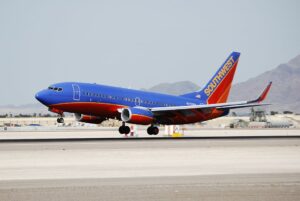







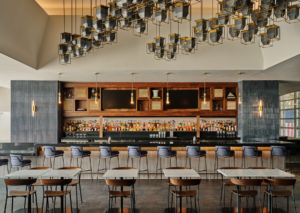









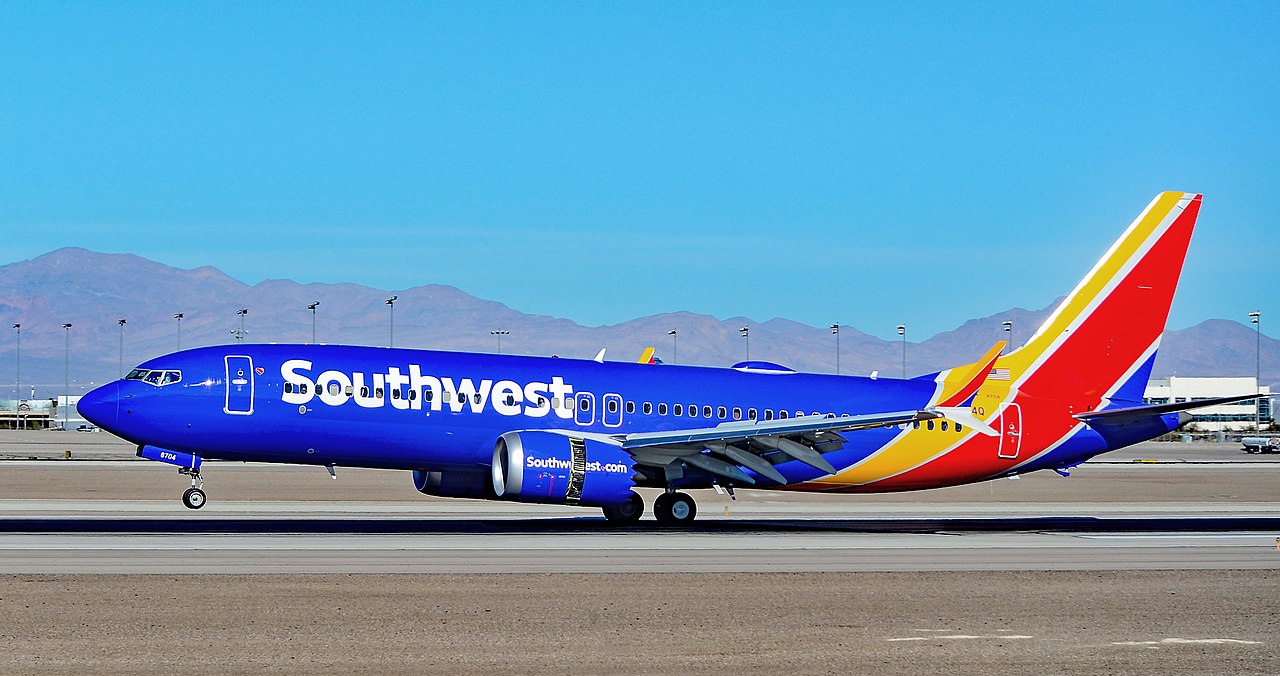
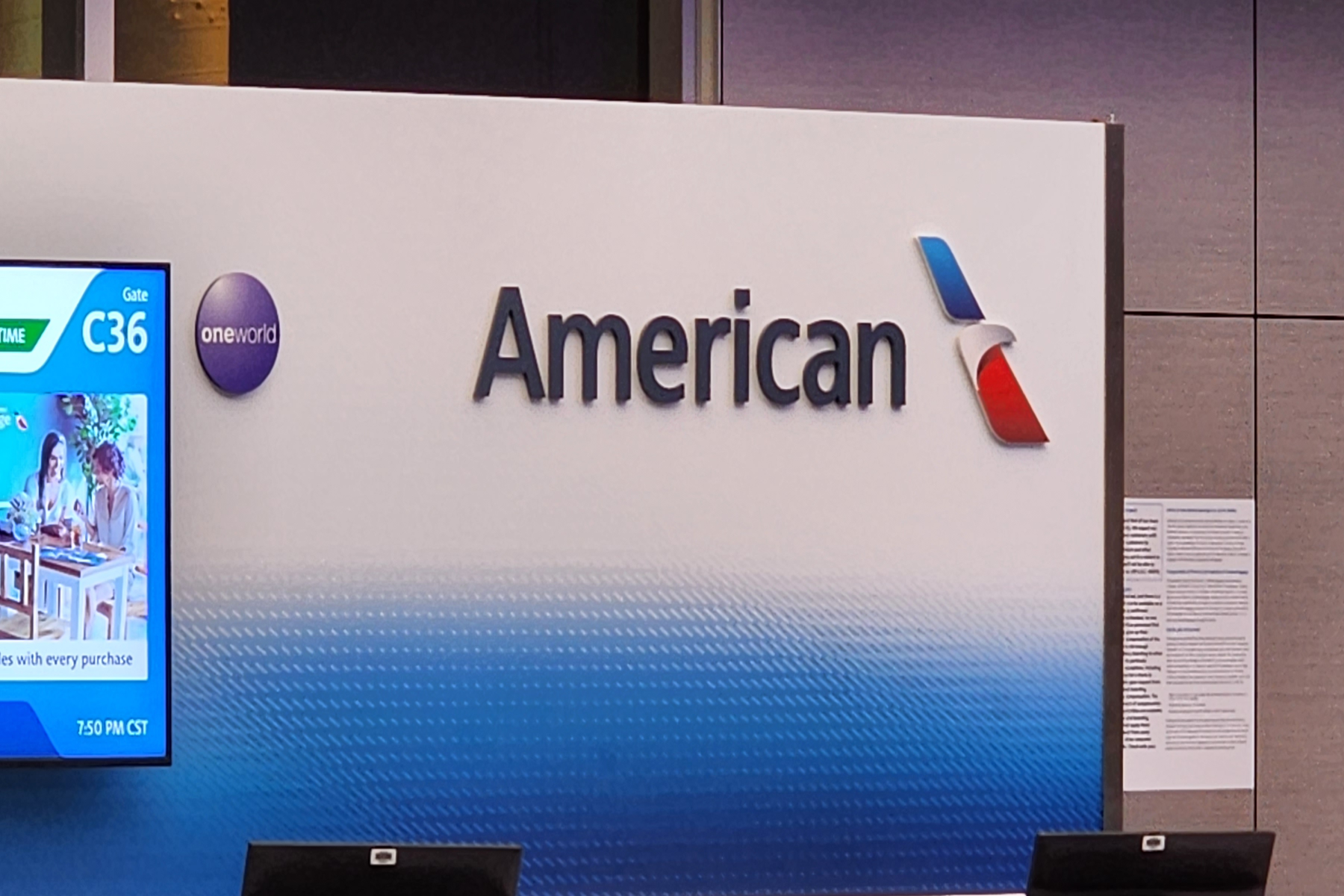

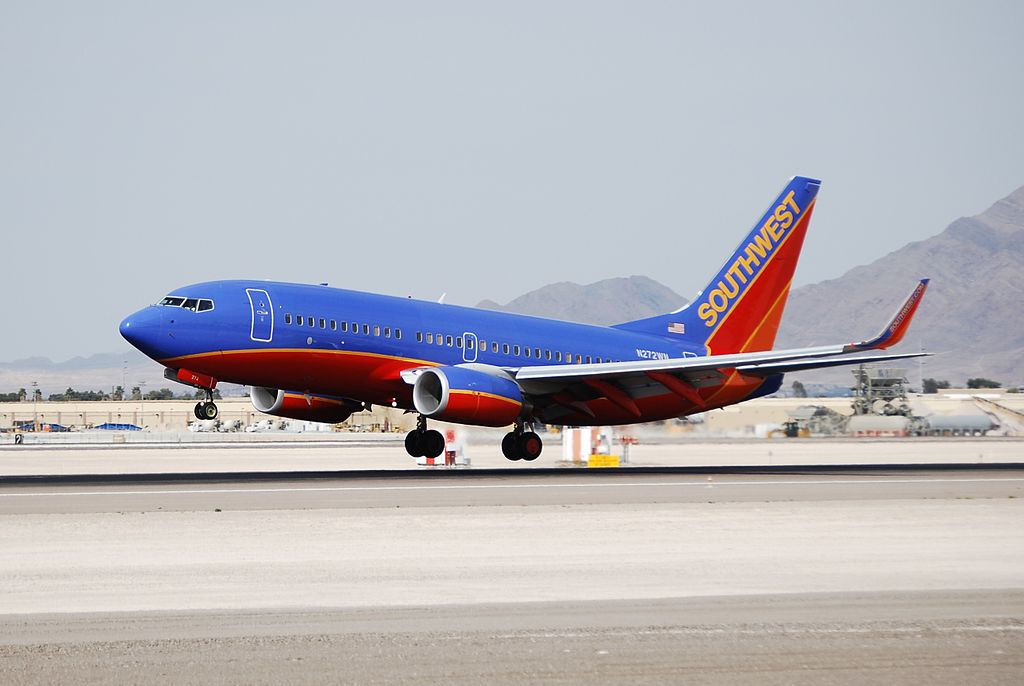

Checking baggage means waiting on both ends, but most importantly on the checking end. It is a crap shoot how long it will take to check bags for any airline. Since I have been A-list, it makes the checking part less stress, but then you have to fight your way to the pick up carousel and wait. Let’s not forget about the chances for changes which could also affect your checked baggage arriving when you arrive. Aside from that, the only time I get frustrated with the Southwest policy is when there is a connecting flight and the first leg is delayed. I have gotten use to their boarding style after flying so frequently with them, but there is a small amount of anxiety if you are seeking a certain position on the plane.
The idiots in wheelchairs who do not need them are just wasting the wheelchair service. There is no requirement to be in a wheelchair to preboard.
I recently took a trip with a broken big toe. The day before the trip the doctor told me to take it easy for one more week. So I used the wheelchair for all the flights at SFO, DFW and SAT airports on the outbound trip, to minimize my steps. On the return, I had a much easier itinerary, with minimal walking between gates, so I refused the wheelchair for boarding and when transferring as my connection was leaving from the same gate as I just arrived (same plane, different crew and flight number). It didn't mean I was any less challenged, but I just lucked out. I do know some people abuse the system, but I just remind myself we'll all get there at the same time.
I don't fly on Southwest, but it seems one way to get a decent seat is to pay someone in A to "save" a seat for you. If someone told me the seat in which I wanted to sit was being "saved," I'd call the FA to clarify the boarding process for that loon.
The boarding does seem to be faster as compared to other airlines, however it does make it difficult when traveling with a companion or group. As someone who is comfortable with flying and does not stress about air travel, I do find myself stressing a bit when flying WN if I have a lower priority which steers me away from flying them if I can find a fare on another airline for a similar price. They are doing a lot right and I enjoy flying WN for the most part, but the boarding process does add stress to some travelers. All in the name of D:00!